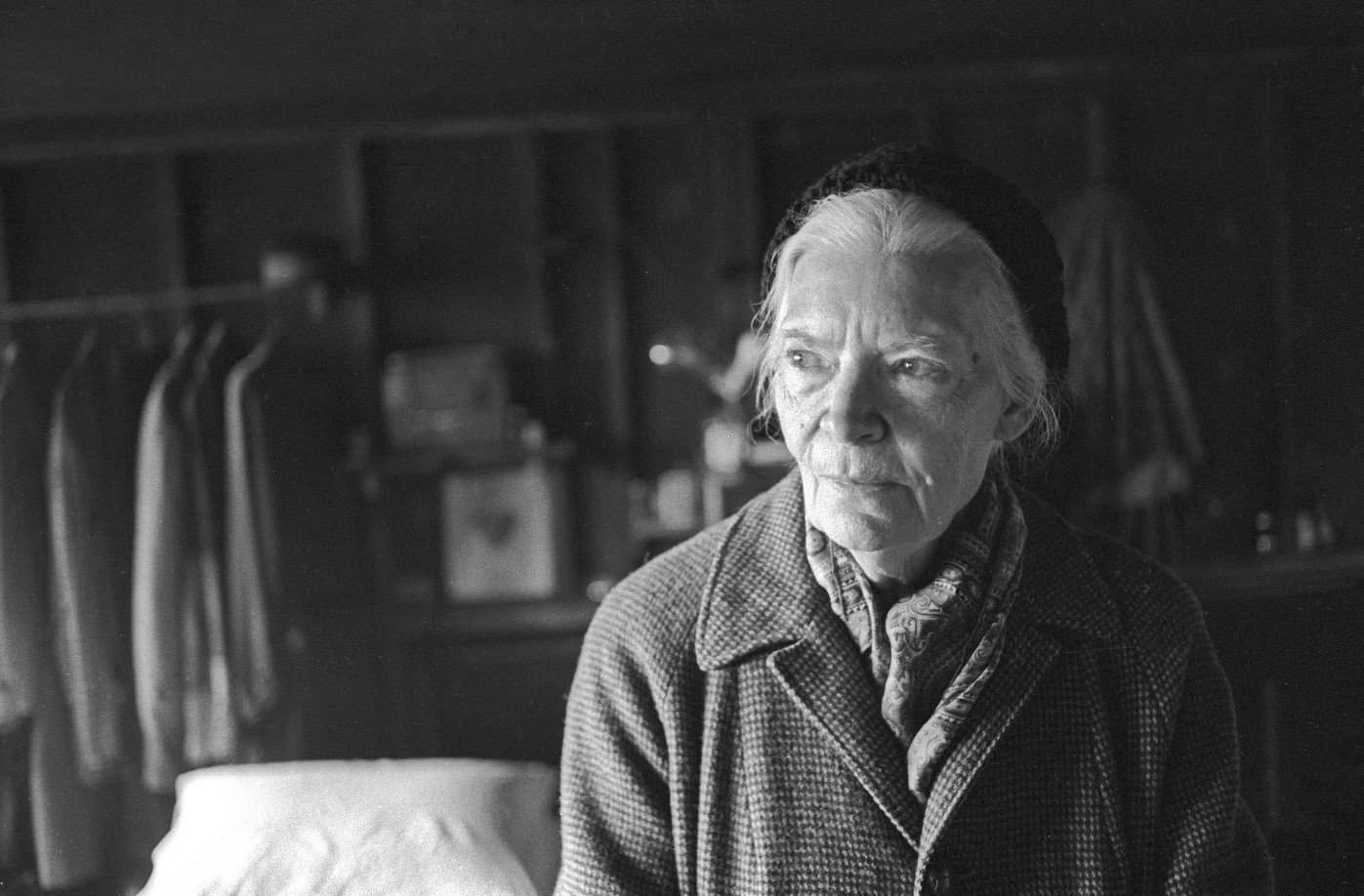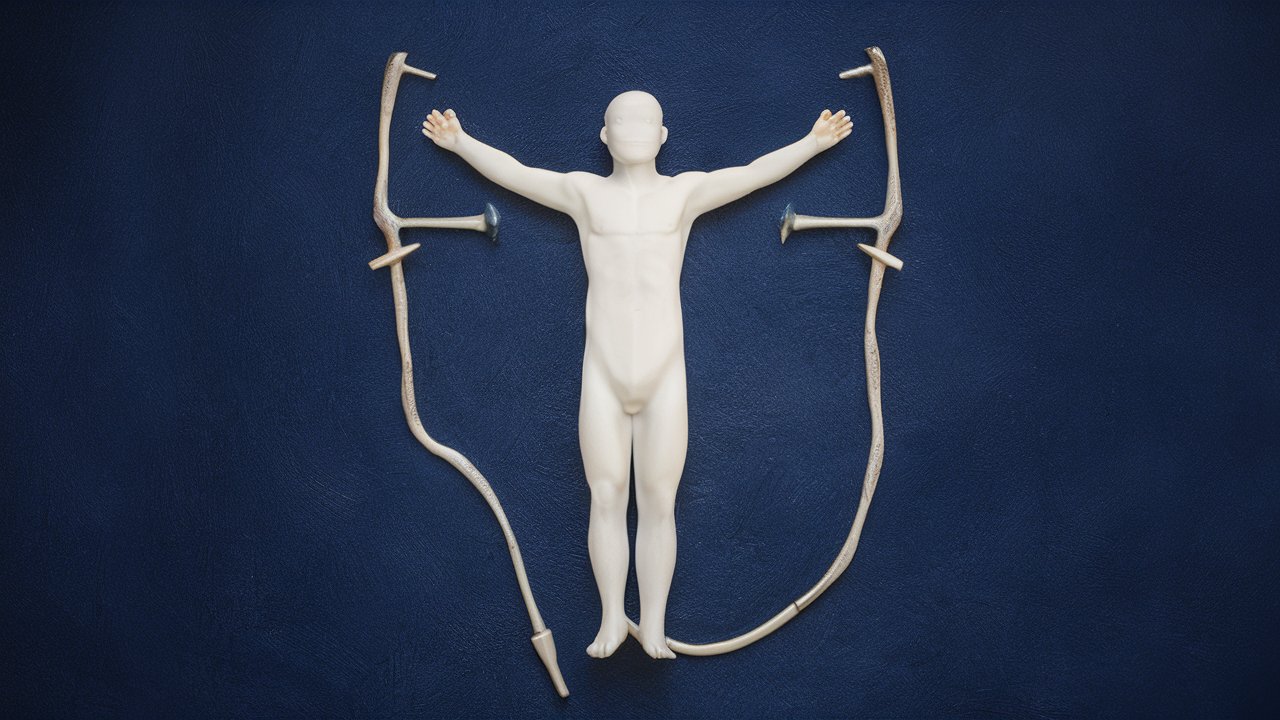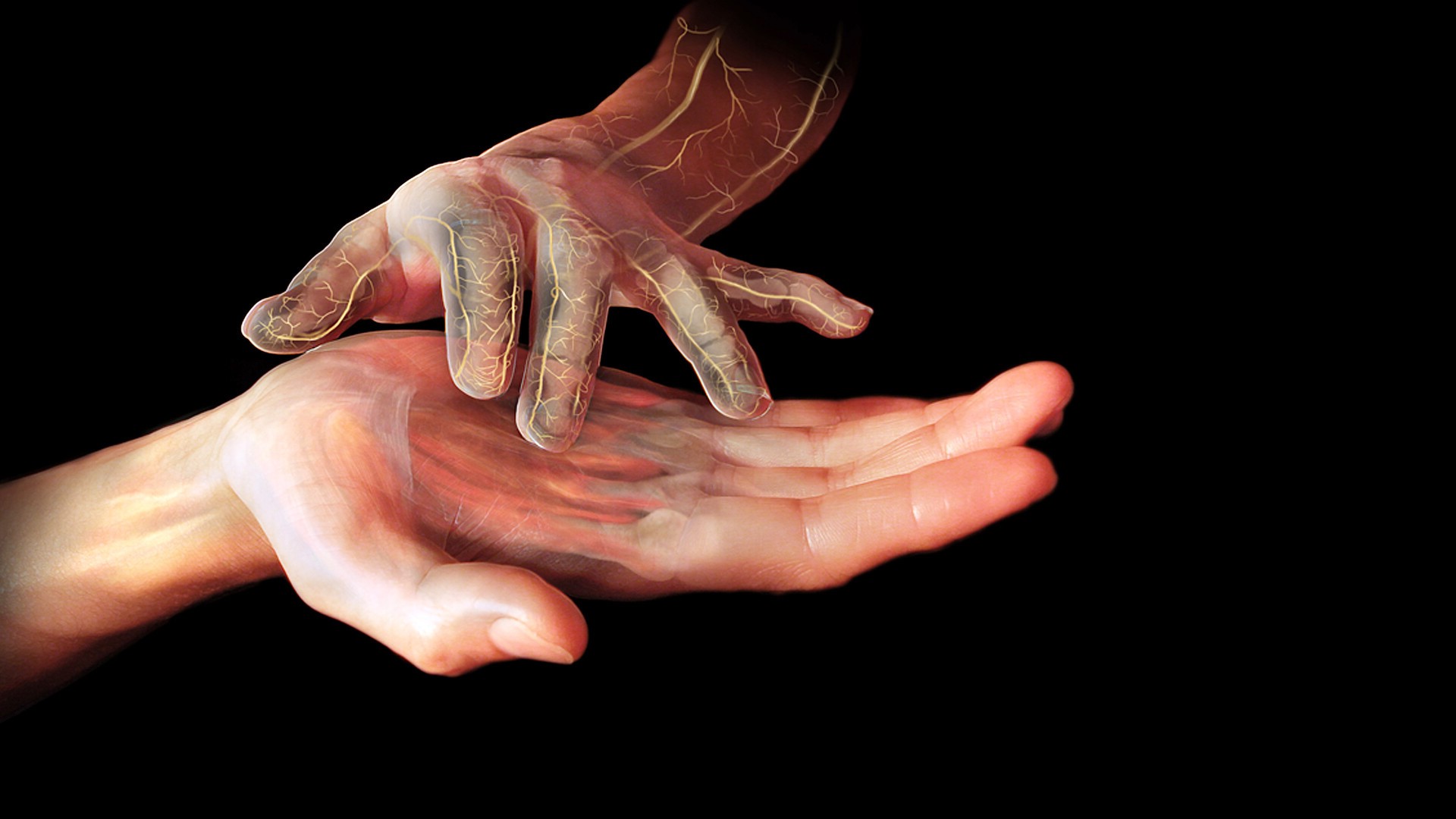
What is the Catholic Worker Movement? The Catholic Worker Movement is a social justice initiative founded in 1933 by Dorothy Day and Peter Maurin. It aims to combine direct aid for the poor and homeless with nonviolent action on their behalf. This movement is rooted in the teachings of Jesus Christ and the Catholic Church, emphasizing the importance of hospitality, community, and social justice. Members live in communal houses, often called Catholic Worker Houses, where they provide food, shelter, and support to those in need. The movement also publishes a newspaper, "The Catholic Worker," which discusses social issues and advocates for peace.
Origins of the Catholic Worker Movement
The Catholic Worker Movement has a rich history rooted in social justice and activism. Here are some fascinating facts about its beginnings.
-
Founded in 1933: Dorothy Day and Peter Maurin started the Catholic Worker Movement in New York City during the Great Depression.
-
The Catholic Worker Newspaper: The movement began with the launch of a newspaper called "The Catholic Worker," which aimed to promote Catholic social teaching and address issues of social justice.
-
Affordable Price: The newspaper was sold for just a penny, making it accessible to everyone, including the poor and unemployed.
-
Influence of Personalism: Peter Maurin was heavily influenced by the philosophy of personalism, which emphasizes the importance of human dignity and the need for personal responsibility in social justice.
-
First House of Hospitality: The first "House of Hospitality" was established in 1933, providing food, shelter, and clothing to those in need.
Core Principles and Beliefs
The Catholic Worker Movement is built on a foundation of strong principles and beliefs that guide its actions and initiatives.
-
Works of Mercy: The movement emphasizes the importance of performing the corporal and spiritual works of mercy, such as feeding the hungry and comforting the afflicted.
-
Pacifism: A strong commitment to pacifism and nonviolence is central to the movement's philosophy, advocating for peaceful solutions to conflicts.
-
Voluntary Poverty: Members often embrace voluntary poverty, living simply and sharing resources with those in need.
-
Decentralization: The movement operates on a decentralized model, with each community being autonomous and self-governing.
-
Catholic Social Teaching: The principles of Catholic social teaching, including the dignity of the human person and the preferential option for the poor, are fundamental to the movement's mission.
Impact and Influence
The Catholic Worker Movement has had a significant impact on society and has inspired many individuals and groups to take action for social justice.
-
Expansion: From its humble beginnings in New York City, the movement has grown to include over 200 communities worldwide.
-
Civil Rights Movement: The Catholic Worker Movement played a role in the Civil Rights Movement, with members participating in protests and advocating for racial equality.
-
Anti-War Activism: The movement has been involved in anti-war activism, protesting against wars and advocating for peace.
-
Influence on Other Movements: The principles and practices of the Catholic Worker Movement have influenced other social justice movements, including the modern-day Occupy movement.
-
Recognition: Dorothy Day, one of the founders, has been recognized for her contributions to social justice and is being considered for sainthood by the Catholic Church.
Challenges and Controversies
Like any movement, the Catholic Worker Movement has faced its share of challenges and controversies over the years.
-
Internal Conflicts: The decentralized nature of the movement has sometimes led to internal conflicts and disagreements among members.
-
Criticism from the Church: Some members of the Catholic Church have criticized the movement for its radical approach to social justice and its pacifist stance.
-
Legal Issues: Members have faced legal issues and arrests due to their involvement in protests and civil disobedience.
-
Sustainability: Ensuring the sustainability of the movement's communities and initiatives has been an ongoing challenge.
-
Balancing Activism and Service: Striking a balance between activism and direct service to those in need has been a complex issue for the movement.
The Catholic Worker Movement continues to inspire and challenge individuals to live out their faith through acts of mercy, justice, and peace.
Final Thoughts on the Catholic Worker Movement
The Catholic Worker Movement stands as a testament to the power of faith and community action. Founded by Dorothy Day and Peter Maurin, it has inspired countless individuals to live out their beliefs through service and solidarity with the poor. The movement's emphasis on hospitality houses, agricultural communes, and nonviolent protest has left a lasting impact on social justice efforts. Its commitment to personalism and voluntary poverty challenges us to rethink our relationship with material wealth and our responsibility to others. The Catholic Worker Movement's legacy continues to grow, proving that small acts of kindness and dedication can indeed change the world. Whether you're drawn to its spiritual aspects or its activist roots, there's no denying the profound influence this movement has had on society.
Was this page helpful?
Our commitment to delivering trustworthy and engaging content is at the heart of what we do. Each fact on our site is contributed by real users like you, bringing a wealth of diverse insights and information. To ensure the highest standards of accuracy and reliability, our dedicated editors meticulously review each submission. This process guarantees that the facts we share are not only fascinating but also credible. Trust in our commitment to quality and authenticity as you explore and learn with us.


